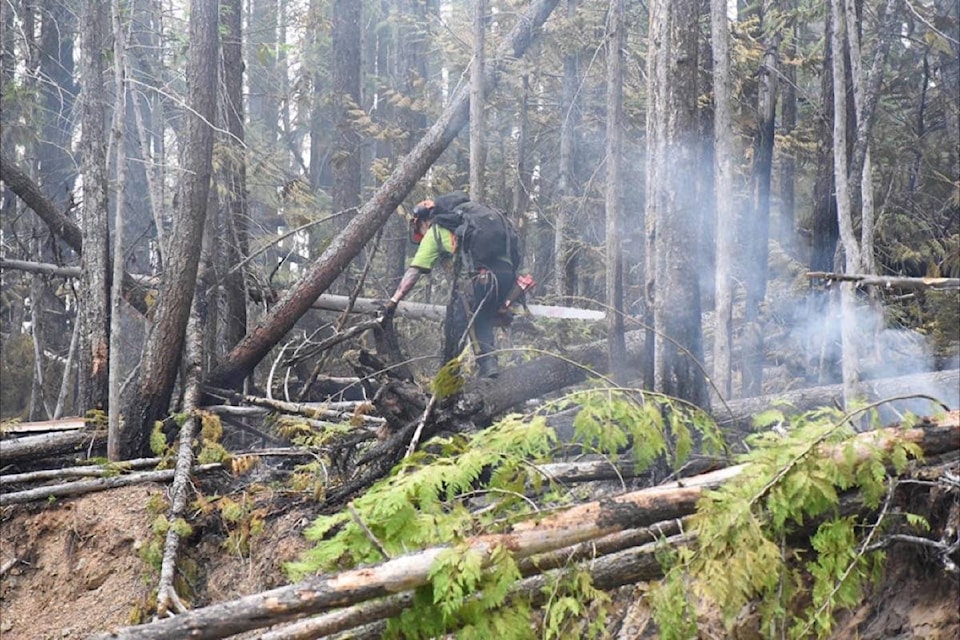Humans continue to be the leading cause of wildfires in the Rocky Mountain House forest area, which will soon welcome long-weekend crowds.
Since March 1, the area has experienced 36 wildfires: 32 human caused, or 89 per cent, and four from lightning strikes.
A total of 14.55 hectares has burned.
Provincial information officer Melissa Story said human-caused fires are typical.
On average, 65 per cent of fires in Alberta are caused by people. Those include improperly extinguished campfires that didn’t leave the confines of a firepit, so they aren’t what people would usually think of when they hear the word wildfire.
“Campfires are considered a wildfire, so if you left leaving an unattended campfire, it is classified as a wildfire,” Story said.
During the 2019 wildfire season, which ran March 1 to Oct. 31, the Rocky Mountain House area had 35 wildfires, including 32 that were human caused.
She said so far in 2020, Alberta has experienced significantly less wildfire activity than average.
‘There’s only been about 400 wildfires. Last year, we had about 650, and our five-year average is about 700, so we’re well below the average.”
She said a fire ban that was in place in the spring, when most big wildfires occur, as well as frequent rainy weather, helped to reduce the number of wildfires.
As of Thursday, the risk of wildfires in Rocky forest area had low risk to very high risk sections due to the recent rise in temperatures.
“With the uptrend in the weather, we’re expecting it to remain high for the weekend,” said Story.
She said right now, there are no advisories or restrictions in the Rocky Forest area, so all campfires are allowed. Using campfire rings is encouraged, but people can still build their own campfire pit in the backcountry.
“We just ask that they practise safe campfires when they’re out and about. We do have extra patrols out over long weekends, so they are checking to make sure people are behaving and making sure their campfires are fully extinguished when they leave.”
She said people should always soak campfires, stir them, and soak them again.
Those using ATVs should stop frequently to prevent their machines from overheating, and carry water in case of a fire.
As of Thursday, no fires were burning in the Rocky Mountain House forest area, which stretches south to Red Deer River, north to Brazeau River and west to the national parks.
The most recent wildfire happened Tuesday, caused by lightning.
Related:
Wildlife plan needed for wildfires in Alberta
Hotter, larger fires turning boreal forest into carbon source: research
Most of the Rocky area fires happened in May, when there were 21.
“May long weekend is when we typically start to see more fire activity. Springtime is always a higher hazard for us because the area hasn’t quite greened up yet, so it’s still quite dry out there.”
But as long as there are people camping throughout the summer, fires are always a concern, Story said.
“We do have our resources pre-positioned across the province to make sure they are available should something happen.”
People should check albertafirebans.ca before they head out for the weekend, she said.
szielinski@reddeeradvocate.com
Like us on Facebook and follow us on Twitter
